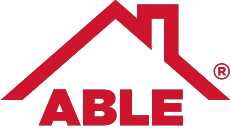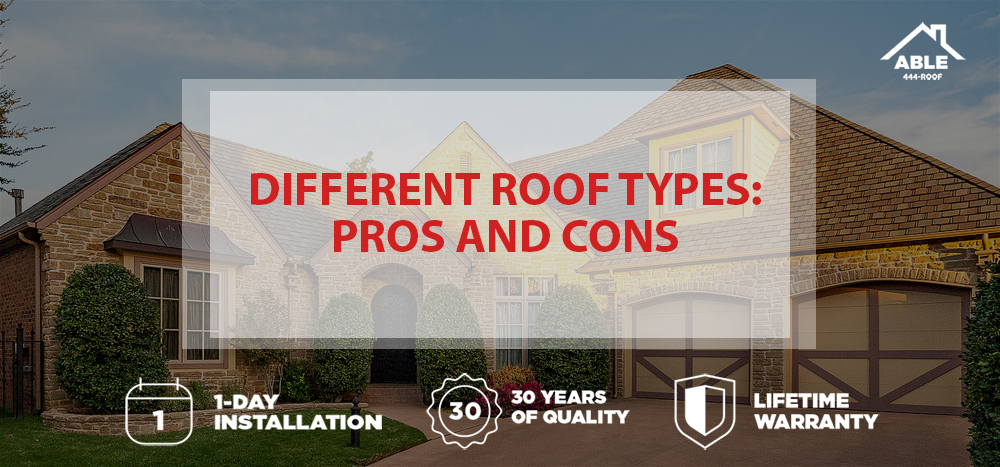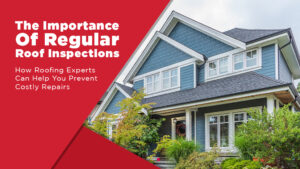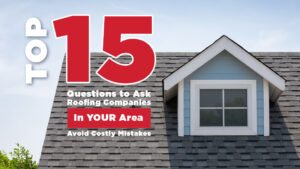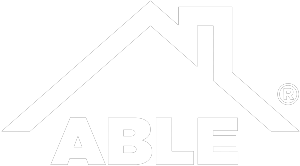So you’ve decided to replace your roof. Congratulations! You’ve just made an important step toward improving your home’s longevity and value. Homeowners should realize that this is only the first step. The next is deciding which type of roof is best for your home. We’ve compiled this guide to aid the process – these are the most common roof types, their advantages and disadvantages.
Basic Considerations
When deciding on a roof, you must consider your budget and geographic location, as well as:
- Longevity: How long is the material supposed to last?
- Durability: Will it hold up to the region’s weather?
- Weight: Will it be too heavy for the existing structure?
- Slope: Will the angle be sufficient?
- Aesthetics: Will it complement the look and feel of my home?
- Environmental friendliness: Eco-friendly options are not just good for the environment, but for your wallet.
- Local code: Does your new roof adhere to municipal regulations?
Once you’ve assessed all these considerations, it’s time to choose from one of these popular roofing materials.
Asphalt
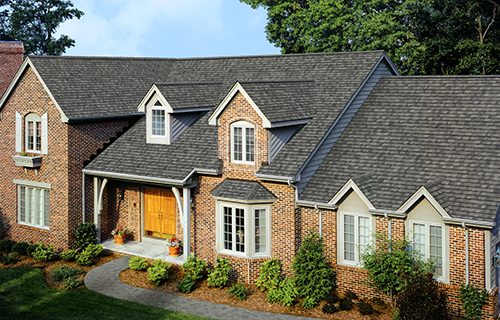 Asphalt shingles are some of the most common roofing materials, comprising almost 80% of the housing market.
Asphalt shingles are some of the most common roofing materials, comprising almost 80% of the housing market.
Pros: They have good fire and wind resistance, are relatively inexpensive, moderate in weight, and are appropriate for a variety of slope types.
Cons: They are not very ecofriendly or durable. Asphalt shingles don’t last as long as some other types, so your roof may need to be replaced or repaired more often. If you live in a humid climate, you’ll need a special algae-resistant type of asphalt shingle.
Metal
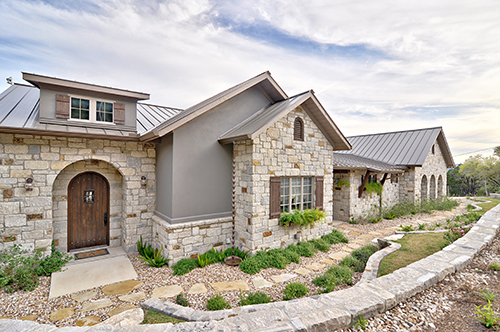 Metal roofs can be anything from steel to copper.
Metal roofs can be anything from steel to copper.
Pros: Metal roofing materials are lightweight, recyclable, and energy efficient. Despite the play, Cat on a Hot Tin Roof, metal roof actually absorb a third of the heat of asphalt. They’re durable, have good resistance to the elements, and can fit a variety of roof slopes.
Cons: Some people don’t like the look of a metal roof, and they can be moderately priced (steel) to very expensive (copper). Copper can develop a green patina with age, which homeowners may find unattractive or unappealing.
Plastic Polymer
Many new options on the market are supposed to resemble wooden shakes or slate, but they’re actually a high tech plastic blend. These may be ideal for older homes that look good with shake, but need extra durability.
Pros: These shingles are durable and low maintenance; they come in a variety of different styles to meet the owner’s particular tastes. They are generally lightweight, but may also be moderate in weight, so this is a consideration for people in older homes. They have good fire and wind resistance.
Cons: These shingles may not work in all homes, especially weightier models. They are also more expensive than asphalt.
Slate
Slate is one of the most classic roofing materials, and you’ll find many old buildings have slate tiles. It adds an elegant touch to a home.
Pros: Slate tiles are very durable and have good resistance to wind and fire. They’re made from an all-natural material and are recyclable.
Cons: Slate tiles are very heavy and expensive. They can be used only on roofs that can bear their weight, and only steeply sloped roofs.
Wooden Shakes
Typically, wooden shakes are made from cedar, but may be any other type of wood.
Pros: Wooden shingles give your home a nice natural look, and add character and charm to older homes. They are made from all-natural materials and are recyclable. They are also affordable.
Cons: Unless they are specially treated, wooden shakes have low fire resistance. They also have a shorter lifespan and require more maintenance than other building materials.
Clay Tile
Seen most often atop stucco homes, clay tiles are heavy.
Pros: Fired in a kiln, clay tiles can add energy efficiency to your home and give your home a Spanish or Italian appearance.
Cons: Clay tile is expensive and any severe storm can break it. You may find that you have to replace tiles more often than other roofing materials. Their weight requires a very strong structure for support, which usually means reinforcing the roof before applying them.
Concrete
Last up is concrete, which is becoming more popular in modern homes.
Pros: Concrete is long lasting and durable; it also has excellent fire resistance. It’s less expensive than clay and fits a variety of home aesthetics.
Cons: The heavy material may require roof reinforcement. It can also crack and break in heavy winds. Concrete is less expensive than clay, but is still less expensive than asphalt.
If you think it is time for a new roof consider getting a free estimate from Able Roof. We offer premium quality materials, highly trained roof installation services, and customer satisfaction is our number one goal. We want to make getting work done on the exterior of your home as easy as possible which is why we expanded our services to include siding, masonry, gutters, windows, and insulation, so you can get it all done at one easy location. Not to mention, we offer a lifetime warranty on our products and services so you can live worry free.
